Namibia: is there anybody out there?
Namibia is roughly the size of the United Kingdom and has a population of under 2.5 million. While navigating from the North to the South, you can drive for hours seeing no one other than the odd passing tourist. That is striking enough. More surprising I found, was that the further south we travelled, it became more, well – white!
When I looked into this, I was surprised to learn that actually it is estimated only around 6% of the population is white; however – dominate the business and tourist industry. It is likely then, on your tourist trail, you will visit places such as Windhoek, Swakopmund, Walvis Bay and Luderitz that all have large white communities. This now made more sense, and looking further into the history of Namibia, you soon discover why. I had known nothing about Namibia’s past, or very much else at all, come to think of it! So, let’s have a look at my Namibia – 8 lessons learned.
Namibia Lesson 1: … allegedly
First, what I am about to say is probably not an entirely historically accurate representation. You can google it if you want to know, but, in a nutshell. The Germans appeared in 1880 something and colonised the whole place. Moved out the Namib people who had lived there nicely for thousands of years and took it over. They even renamed it German South-West Africa. I did not know this.
Moreover, as if this was not bad enough. About 50 years later, in came the white South Africans, egged on by the British, sigh, and they took it all over from the Germans. In addition, the South Africans then introduced their system of Apartheid, ensuring any remaining black citizens were thoroughly marginalised (… and the rest). I am well versed in Apartheid in South Africa. I didn’t know this extended to Namibia.
That said, colonisation is pretty apparent all over the world when you get out there and witness the lingering legacy for yourself. Take our trip to Fiji, for example. But – I am not saying that the wonderfully diverse mix of cultures countries now enjoy because of this is wrong – far from it. I am just suggesting that the British and co. had no damn right to do what they did way back when. Ohhh the Brexit irony, or as I called it in my Fiji post – Brexony! Anyhoo, back to my Namibia 8 lessons learned…
Diverse Namibia
Consequently, then, for Namibia, what you have now is a mix of German and Afrikaans that is seen in the town names, the food, the culture and the language. Perhaps my expectations of what it would be like only reflect my ignorance. But at least now I know. Lesson 1 of my Namibia 8 lessons learned, learnt! However, add to this that 99% of the tourists seem to be German; it brings an unexpected experience!
Namibia Lesson 2: the true story
Now, this is not to say, don’t come. Do, do come. Namibia is a beautiful country with a fascinating history (German invasion aside). Come, however, with the knowledge you may well be eating schnitzel in a German bar with a German beer and accompanying pretzel surrounded by – German tourists.
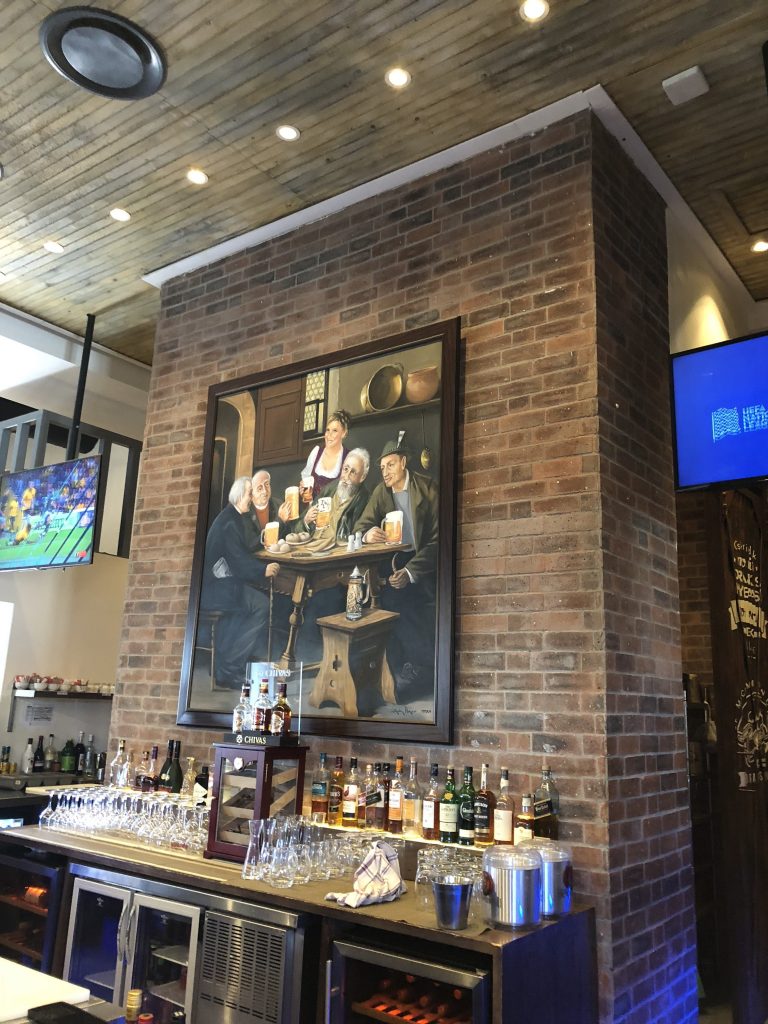 So yes, do this, tick. Then – then – head off away from these fascinating little towns and hit the road. This is phenomenal. Discover Namibia’s ancient history. This is the real, mind-boggling Namibia. This is where the big lessons begin.
So yes, do this, tick. Then – then – head off away from these fascinating little towns and hit the road. This is phenomenal. Discover Namibia’s ancient history. This is the real, mind-boggling Namibia. This is where the big lessons begin.
Namibia Lesson 3: Kavango is beautiful
Our first encounter with old Namibia was as we entered through the Mahembo crossing to our first stop at Hakusembe camp. This is in the Kavango Region, bordering Botswana and Angola. It remains hands down my favourite stop in Namibia. Here you find a mix of the remaining tribes-people and their rural way of life. Their livelihood still primarily based on fishery, livestock-keeping and cropping.
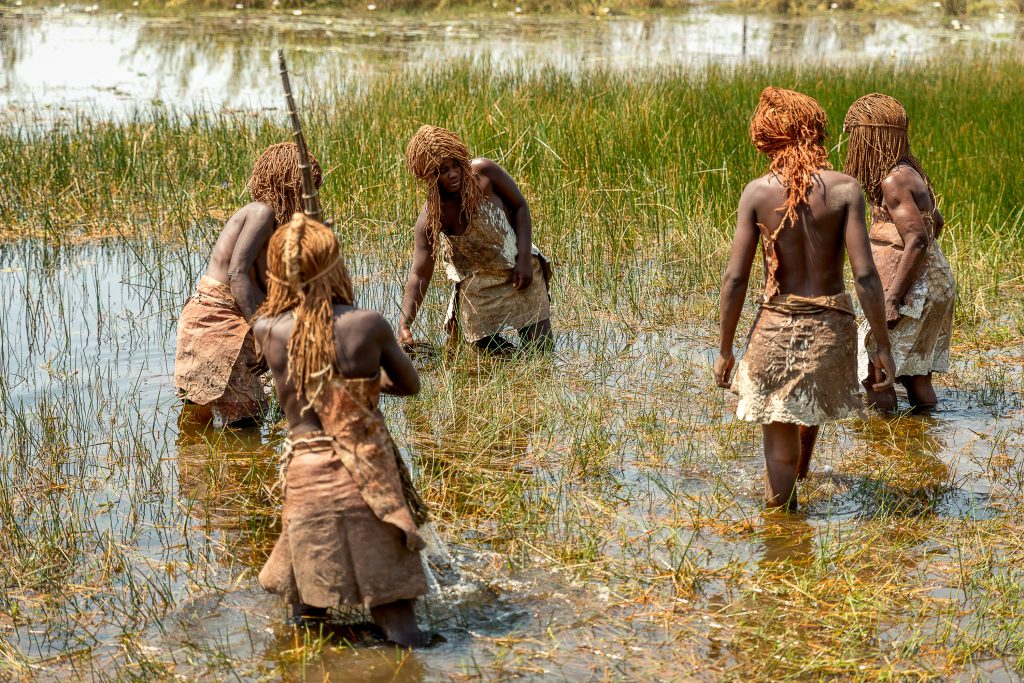 We visited the Mbunza tribe, and they are magnificent. If you come to Namibia, you must go here. Not a spaetzle or curry wurst in sight! Hakusemebe campsite is thoroughly recommended and sitting out watching the Angolan children playing in the river on the opposite side of the border, catching a glimpse of their traditional life, is mesmerising.
We visited the Mbunza tribe, and they are magnificent. If you come to Namibia, you must go here. Not a spaetzle or curry wurst in sight! Hakusemebe campsite is thoroughly recommended and sitting out watching the Angolan children playing in the river on the opposite side of the border, catching a glimpse of their traditional life, is mesmerising.
Namibia Lesson 4: things existed a very very, very, long time ago
After that, travelling south, you enter Damaraland. This is where we encountered the Petrified Forest in Khorixas, with petrified trees 340 million years old. It is really, really difficult to get your head around this.
“Eh, how old?” I asked the guide.
“Okay, yes, wow, yes.”
“Now, tell me again you said they are how old?”
“Right… And the dinosaurs were? Yes 65 million, that’s not very old no.”
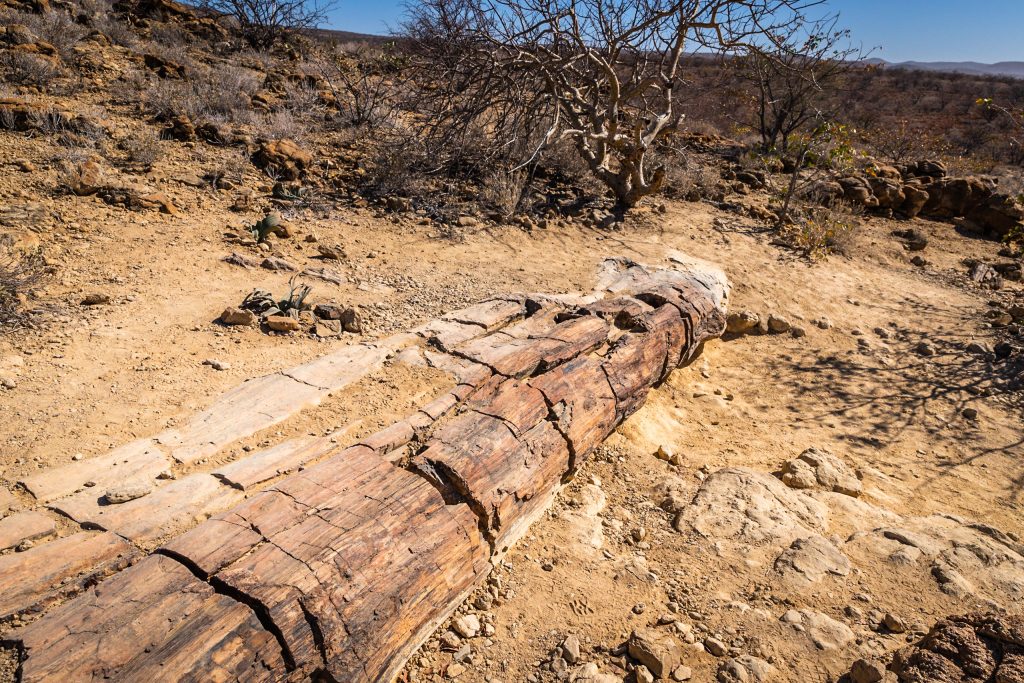 So, here we were, and here this tree was. 340 million years old. Earliest man may have chopped up his beef with his handmade axe at this tree. Passing dinosaurs may have sat down to lunch at this, their favourite petrified tree spot. Now here I was, touching its cold stone surface. Perfectly preserved, every marking clearly visible. Scientists discovered these trunks weren’t grown in today’s Namibia but were washed down a river during a massive flood in one of the Ice Ages. I read some reviews that suggest a visit here is pretty underwhelming. Well, yes, I guess I get on one level where they are coming from. It’s not a forest as such and certainly you won’t spend a lot of time here. But when are you ever likely to see something like this, if it fits into your route planning, you won’t forget it.
So, here we were, and here this tree was. 340 million years old. Earliest man may have chopped up his beef with his handmade axe at this tree. Passing dinosaurs may have sat down to lunch at this, their favourite petrified tree spot. Now here I was, touching its cold stone surface. Perfectly preserved, every marking clearly visible. Scientists discovered these trunks weren’t grown in today’s Namibia but were washed down a river during a massive flood in one of the Ice Ages. I read some reviews that suggest a visit here is pretty underwhelming. Well, yes, I guess I get on one level where they are coming from. It’s not a forest as such and certainly you won’t spend a lot of time here. But when are you ever likely to see something like this, if it fits into your route planning, you won’t forget it.
“How old you say?”
Namibia Lesson 5: listen to your fellow travellers in life
Near to this is Twyfelfontein. We had met a guy called Danie, in our previous campsite in Etosha, who told us we should visit there. Well, Danie was right. We should have. Sadly, we didn’t. We thought we didn’t have time. Hmm. This was since nominated as a redundant phrase for the rest of the trip.
Of course, we had, time, we had all the time in the world. We didn’t make the time. Isn’t that always the truth? We didn’t want to stray from our plans in case it wasn’t a good use of our time. Well, it would have been. We should have. But now that moment has passed. And so, our lesson learned. “I don’t have time” is a meaningless, life-stealing comment. Anyway…
Twyfelfontein has one of the largest concentrations of petroglyphs, rock engravings, in Africa and is on the UNESCO world heritage list. Displaying engravings of early stone age hunter-gatherers from around 6500 years ago. I mean, wow! I guess our heads were filled with our 340 million-year-old trees and we just thought pah! What’re 6500 years. But yes, don’t be like us. Be like Danie, visit Twyfelfontein, you have the time.
Namibia Lesson 6: learn from your mistakes
So, a new lesson learned. When travelling further south, I spotted a sign for Mesosaurus Fossils; I said we must make time to see this. Our dino mad nephew had a birthday coming up that week, so I declared we must head on this dino mission and take some photos for his birthday.
Okay, so, in my head, I imagined colossal dino relics, impressive-looking monsters. Lesson 6.5 (as if we had not been told this many times already) size is not everything. Mmmhmm. Besides, um, good things come in small packages — anyway, the dinosaurs.
The Mesosaurus was, at its time 270 million years ago, the biggest dino in the land. A kind of little crocodile, thingy about half a metre long.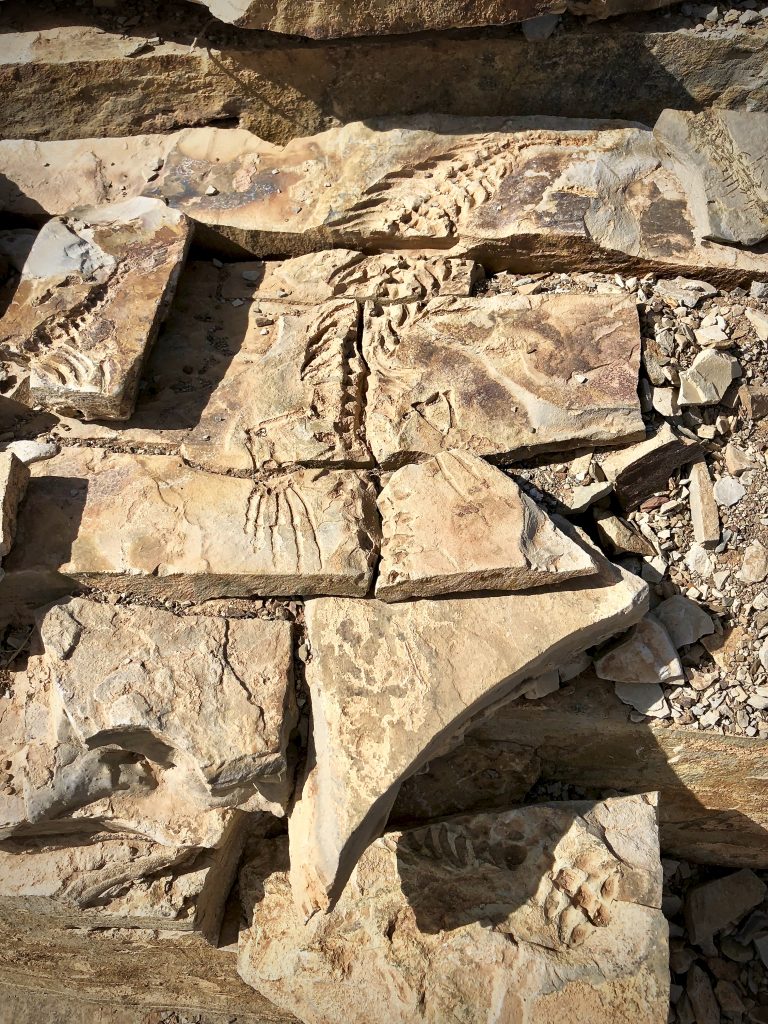 As explained to you by the charming old guy running the show who introduced himself as ‘the youngest relic on the mountain’. With the line
As explained to you by the charming old guy running the show who introduced himself as ‘the youngest relic on the mountain’. With the line
“where past meets present your soul meets nature”
He gave us an entertaining and informative tour through his land, where he found the fossils himself, tells you about the Quiver Trees, indigenous to Southern Namibia, which are actually giant Aloe, and the dolerites and then leaves you for as long as you would like to stay to make your way back.
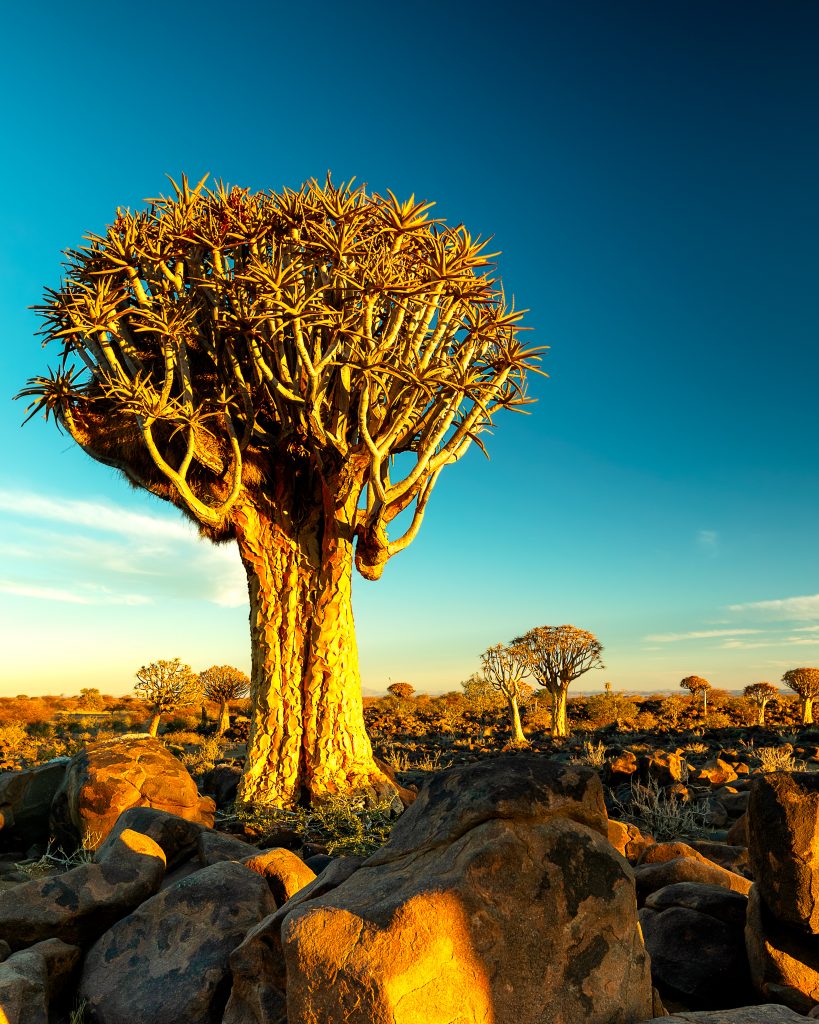
Namibia Lesson 7: go with the flow of life
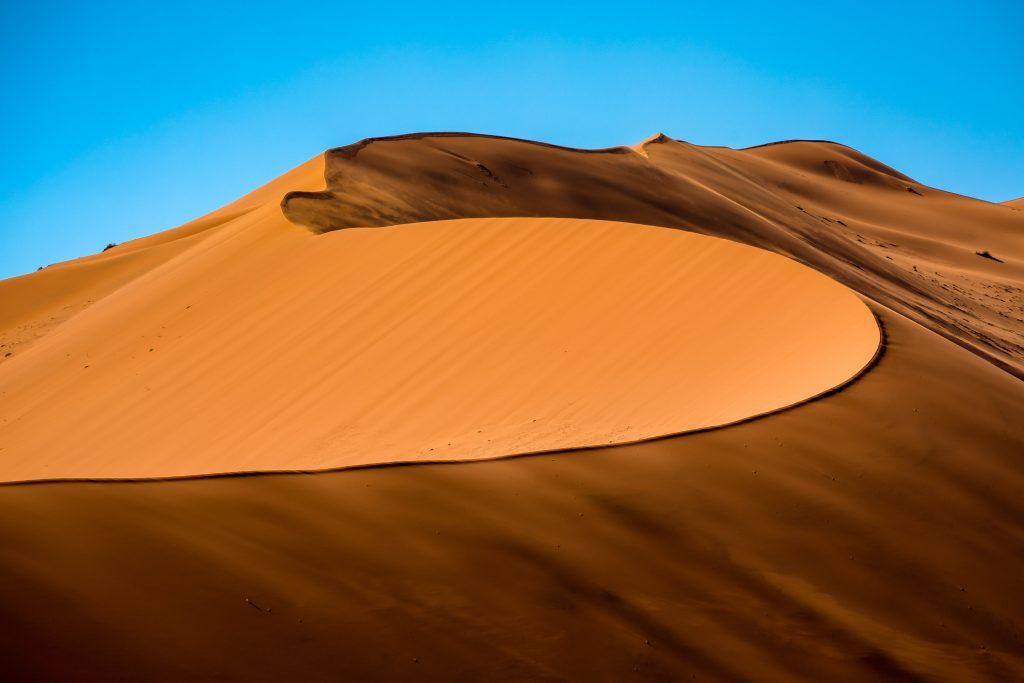 Between Damaraland and Luderitz you have the Namib desert. This is the one you see on anything and everything, relating to Namibia. You know the red dunes, sometimes with an old black tree, sometimes with a passing Oryx. That is this place. And yes, it is as stunning as it looks in the photographs.
Between Damaraland and Luderitz you have the Namib desert. This is the one you see on anything and everything, relating to Namibia. You know the red dunes, sometimes with an old black tree, sometimes with a passing Oryx. That is this place. And yes, it is as stunning as it looks in the photographs.
Besides that, sitting in the worlds oldest desert, thought to have formed 55 million years ago (how old?) you really, really get a sense of who you are and your place in the world. You can read my previous blog about that here Namib Desert: the solitude and the tree. It was here too, at night, we saw the most wondrous spectacle of the Milky Way.
I had seen the Milky Way before in the Grand Canyon, gathered around a campfire with some cowboys singing John Denver songs and that was quite splendid enough. But this was out of this world awesome.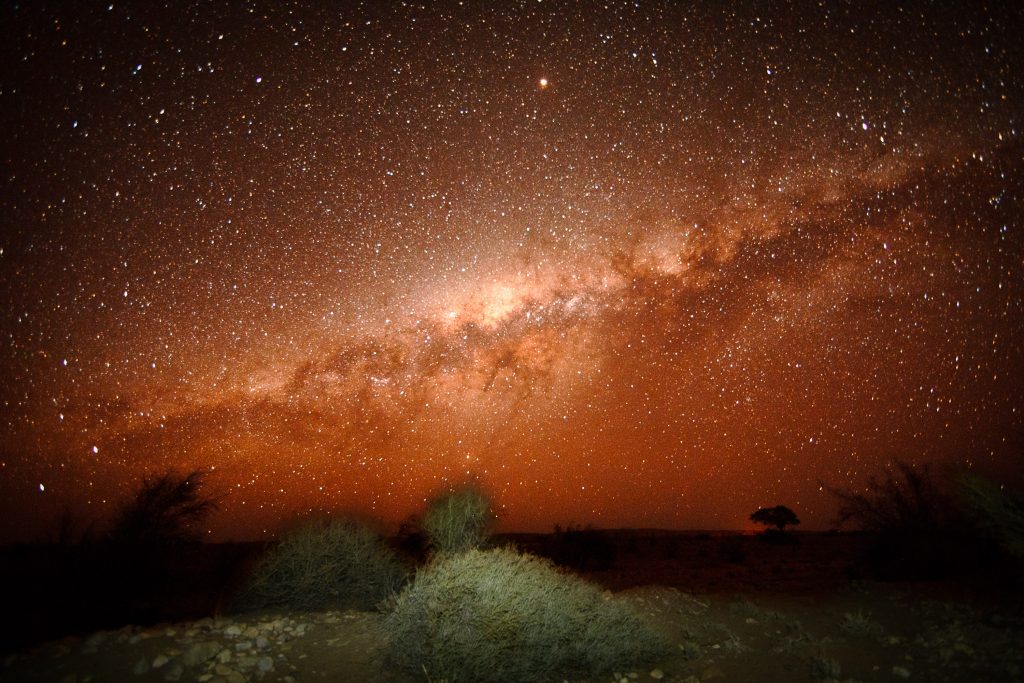
Namibia Lesson 8: the hippies had it right
Visiting Namibia reminds you, you are indeed a tiny blip in the grand scheme of things. Money has no purpose in the vast dunes. Possessions are irrelevant. Nature is what it is all about, and Namibia starkly reminds you, you are a part of this nature, and that is all. You simultaneously feel you are nothing and everything.
Namibia takes you out of time and back in time. It reminds you to take the time to go far away and look at the stars. The moon. The plants. Mmmhmm, go on, you may even hug a tree if you wish. Understanding this is real living. When you experience where you come from, surely you can better appreciate where you are going.
My Namibia, 8 Lessons, learned for life.


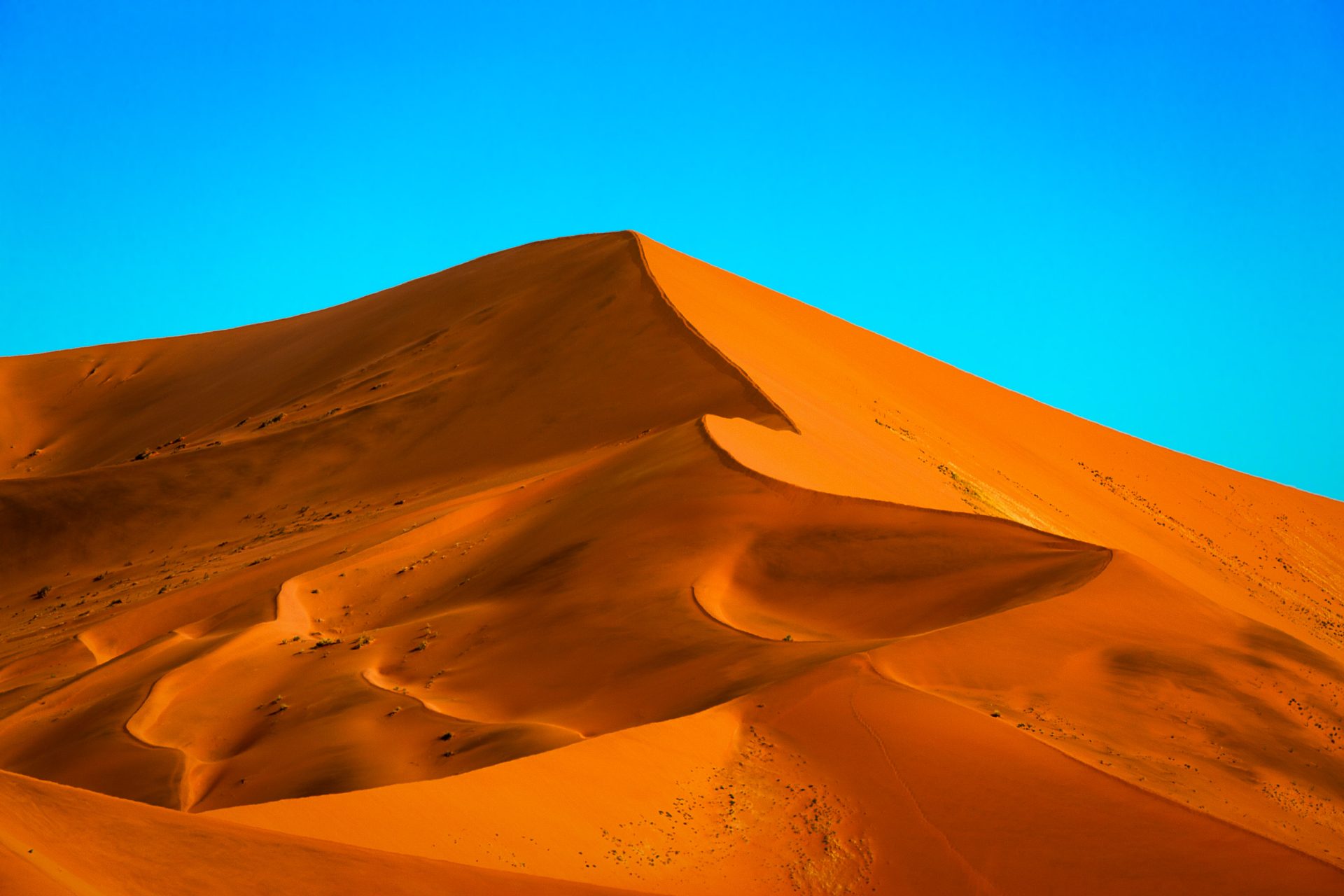
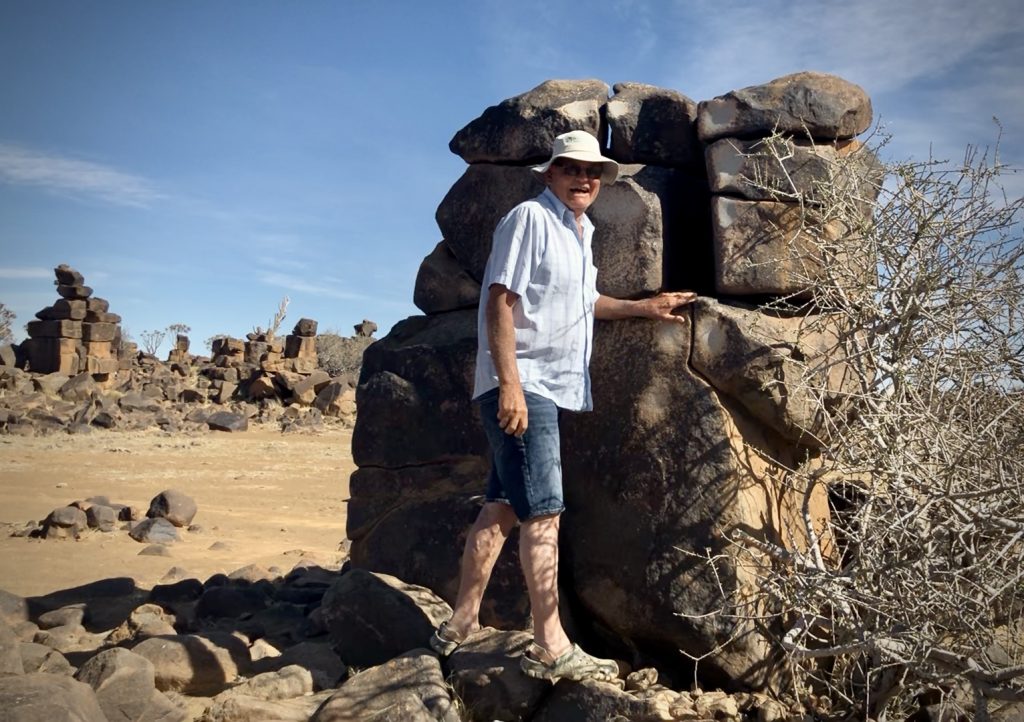
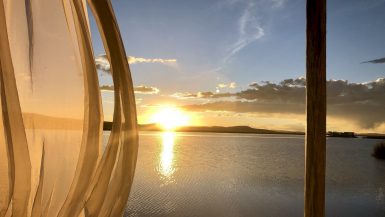
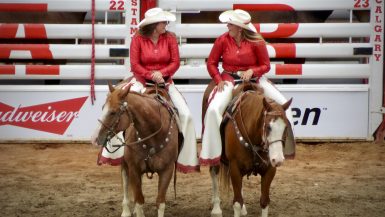
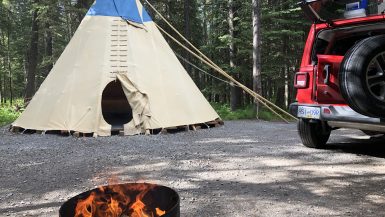
Have you visited Namibia? Where did you go?